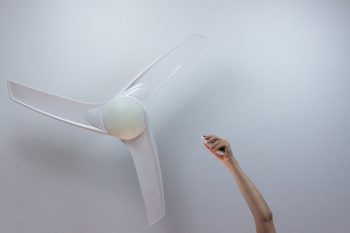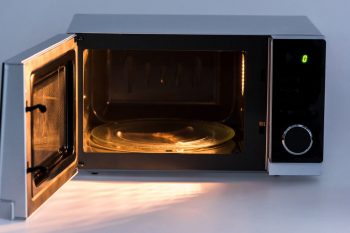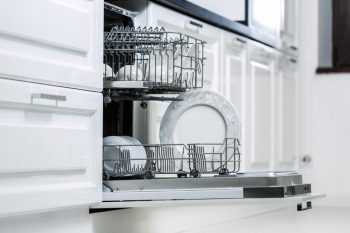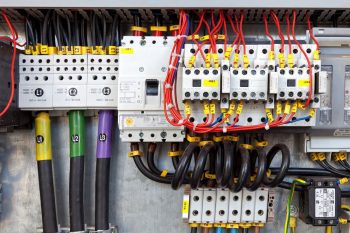
A common problem with front-loading washing machines is an ineffective or absent spin cycle. This results in clothes that are still dripping wet when you remove them from the washer or, in severe cases, a flooded washer.
There are several possible causes for this issue.
An LG front-loading washer that isn’t spinning right suffers from one of four problems.
- The washer is overfilled.
- The load is unbalanced.
- The drain is clogged.
- The washer is unbalanced.
Each of these issues can be ruled out to find the root cause of your soggy clothes.
Keep reading for more information about how to test for these problems, why they happen, and how to fix them.
4 Reasons Your LG Washer Isn’t Spinning
The four most common reasons a washer doesn’t spin correctly can be detected and addressed relatively quickly.
1. The Washer Is Overfilled
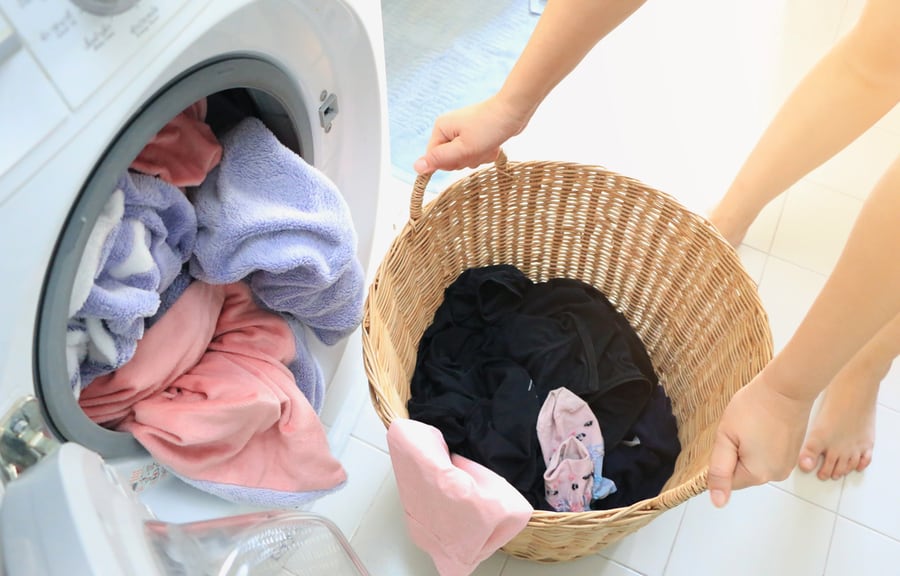
The most common problem when your washer doesn’t spin out all the water is that the load is too big. Luckily this is also the most manageable problem to address.
Why Does This Happen?
Front-loading washers have smaller capacities than top-loading models, meaning it is much easier to overload them.
An overfull washer cannot spin water from the clothes at the center because they are too far from the sides of the wash tub.
Solution
If you have a habit of filling the drum to capacity, try running a smaller load to see if the spin cycle works correctly. For example, a front-loading washing machine should never be more than halfway full of (dry) clothes.
2. The Load Is Unbalanced
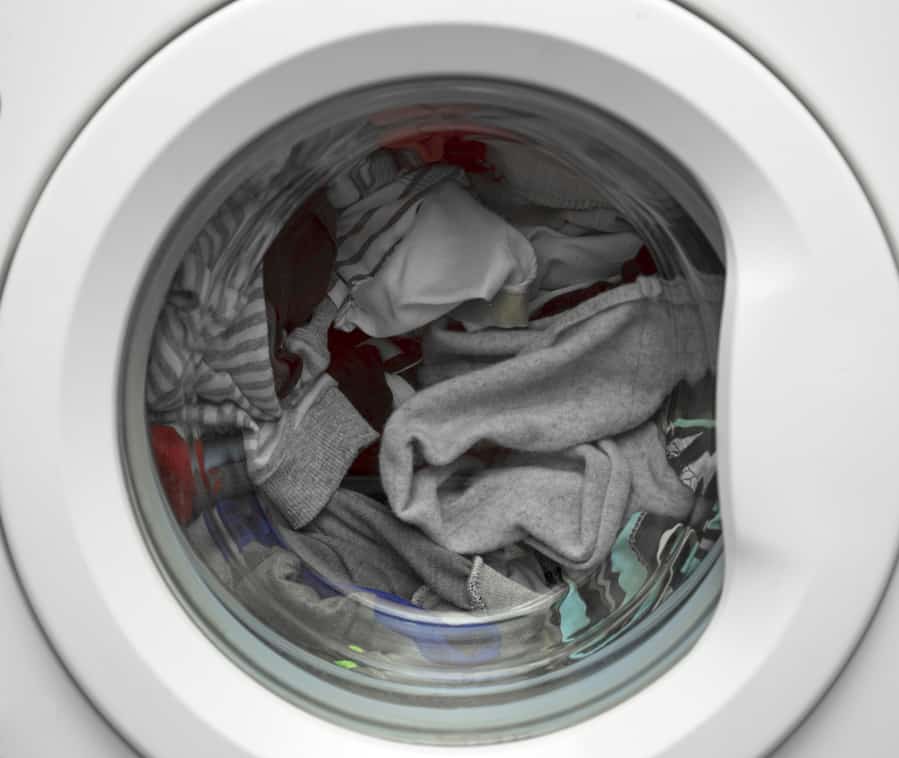
If you watch the washer during the spin cycle and notice:
- It is loud.
- It frequently stops.
- It stays on the spin cycle for a longer time than usual.
Then an unbalanced load could be to blame.
Why Does This Happen?
To spin safely, a washing machine needs the weight of the clothes to be evenly distributed. So when it detects that the load is uneven, it will stop and shake the clothes up a bit to try and balance things. Then, it will gradually spin faster again.
If the load is still unbalanced, it will repeat this process repeatedly. So it is no surprise that this isn’t especially effective at removing water from your clothes.
Loading heavy items such as shoes, quilts, or coats into the washer tends to cause problems, especially if you don’t have another similar item to balance the weight.
Solution
Try balancing the load manually and testing the washer with another more manageable load. If this solves your problem, then the load was simply unbalanced.
To prevent this issue in the future, be mindful of the weight distribution as you load the washer—handwash heavy items when possible.
3. The Washer Is Unbalanced
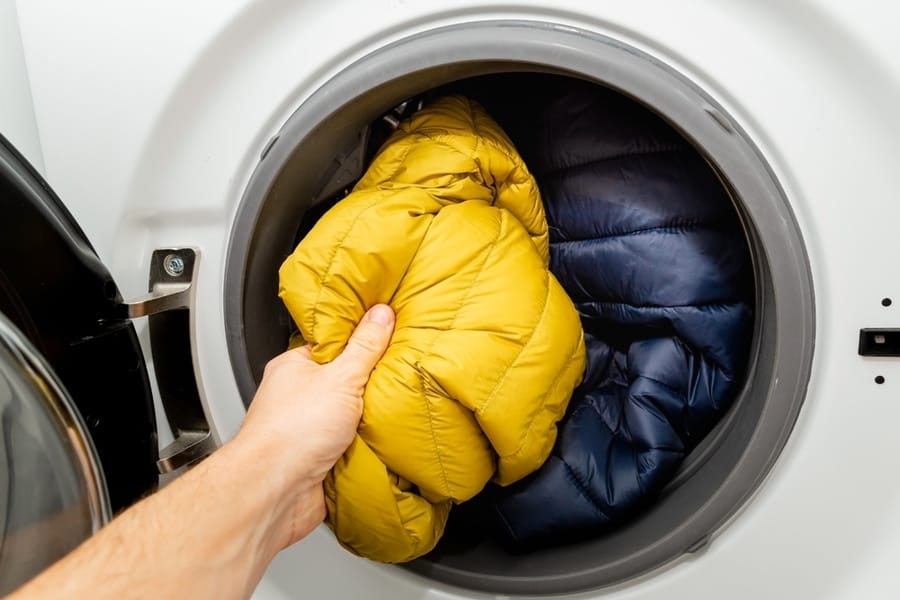
If you notice similar behavior to that of an unbalanced load (longer spinning, noise, and several rebalancing attempts), but the issue is persistent, then consider that the appliance itself is unbalanced.
Why Does This Happen?
Your washing machine has shocks around the drum to control shaking during spin cycles. When these shocks no longer work, the result is an unbalanced appliance.
This doesn’t mean anything terrible – shocks are expected to wear out and need to be replaced. However, the process for doing so is pretty simple.
Solution
To rebalance the machine, you will need to replace the shocks. You can find more information here about how to do that yourself or call a professional.
To prevent excessive wear on your shocks and increase their lifespan, avoid overloading and washing items like shoes in your washing machine.
4. The Drain Is Clogged

Washing machine drain hoses get clogged regularly. You should suspect this if your washing machine appears to spin usually but still has water inside when the cycle is finished.
Why Does This Happen?
The drain hose will likely get backed up with dirt and hair over time, especially if you have pets or people with long hair in your home. The drain hose may also become clogged more frequently if you are not using a HE detergent.
HE detergents are designed to leave less residue and bubbles than standard detergents. This prevents soap residue from building up on the sides of the hose, eventually leading to a clog.
Solution
To fix a clogged drain, you need to remove the solid parts of the clog and clean the hose.
- First, disconnect the drain hose from the washer.
- Next, use a clog remover tool (like this) to pull out any hair or debris in the hose.
- Fill a bucket with boiling water and a tablespoon of baking soda.
- Slowly pour it into the hose with a funnel.
- Once the hose is drained and empty, pour a bucket of lukewarm water to test the drainage.
- If the hose drains well, hook it back to the washing machine.
What Does a Proper Spin Cycle Look Like?
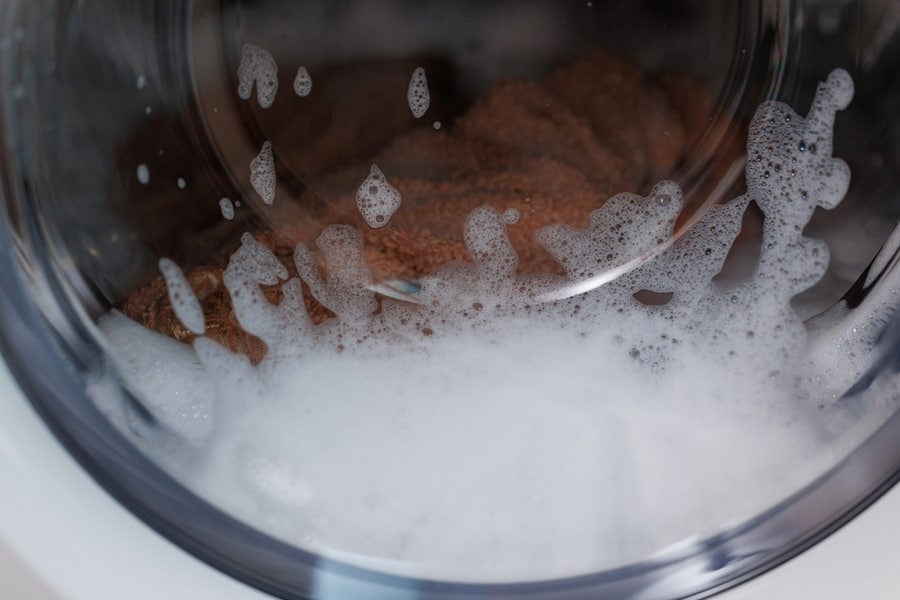
Once you think you’ve solved the problem, you should watch a spin cycle to ensure everything works correctly.
A proper spin cycle will:
- Have a low to moderate noise level.
- Have no visible shaking of the appliance.
- Only attempt to rebalance a maximum of 2 times.
- Quickly drain most of the water out of the drum.
Summary
A washer that isn’t spinning the water out of your clothes is a big problem. Not only will the water get on your floor when you try to unload the clothes, but it’s difficult to dry soaking wet clothes fast enough to avoid mildew.
The most common reasons for a poor or absent spin cycle are that the load is too big or unbalanced. However, it is also possible that the washer needs rebalancing or the drain hose is clogged.
Once the problem has been addressed, the washing machine should spin effectively without excessive rebalancing attempts, and there should be no shaking or loud banging.

